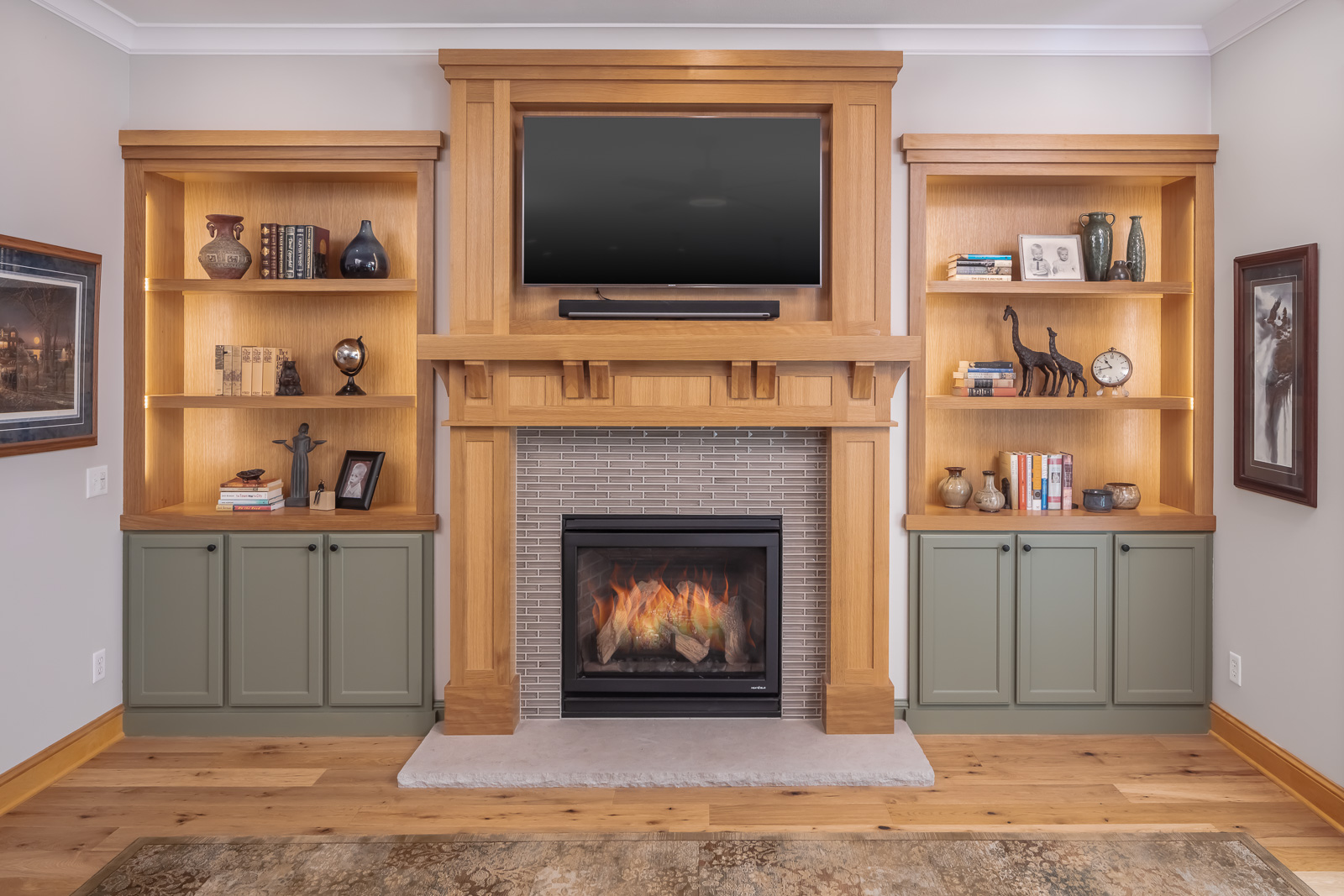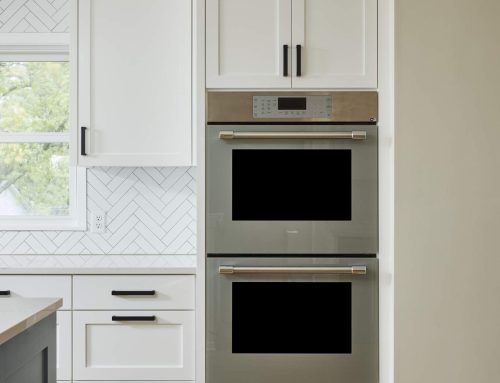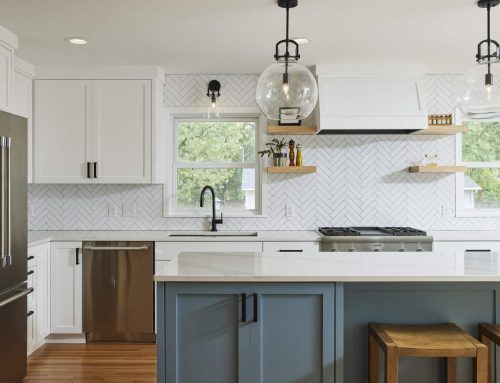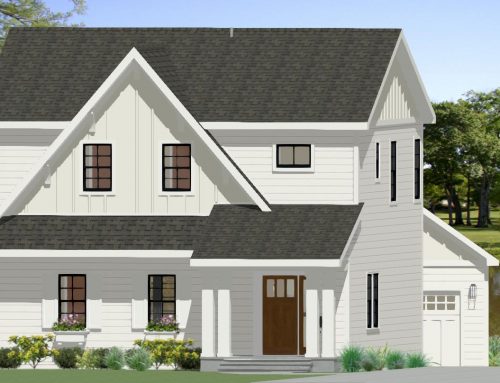The interplay between modern comforts and historic integrity is a balancing act of utmost significance in the field of architecture and interior design. This intriguing dichotomy presents a fascinating challenge: how do we incorporate contemporary conveniences into historic structures without compromising their original charm and character?
The importance of striking a balance between modern comforts and historic integrity cannot be overstated. On one hand, we have the allure of history, culture, and tradition – aspects that bring depth and richness to our living spaces. On the other hand, we have the demands of modern living, which call for convenience, efficiency, and functionality. Balancing these seemingly opposing elements not only enhances the aesthetic appeal of a structure but also ensures its practicality and relevance in today’s fast-paced world.
As we delve into the heart of this article, we will explore various aspects of this intriguing concept. We will discuss the importance of preserving historic integrity, the need for modern comforts, and the art of achieving a harmonious blend of the two. We will also share insights from experts, showcase exemplary projects, and offer practical tips on how to balance modern comforts with historic integrity in your own home. So, whether you are a homeowner looking to renovate a historic property, an architect striving to design a modern yet classic structure or simply a design enthusiast, this article promises to be a compelling read.
Understanding Historic Integrity
In the quest to balance modern comforts with historical integrity, it is essential first to understand what historic integrity is. Historic integrity refers to the ability of a property to convey its historical, cultural, or architectural significance. It’s largely about maintaining the physical characteristics that make a property historically or architecturally significant. These could be elements like original building materials, design layout, or unique architectural features. In essence, historic integrity goes beyond mere aesthetics to encompass the story, the heritage, and the unique identity that a structure embodies.
Historic Integrity Importance
Preserving historic integrity is crucial for several reasons. Foremost, it helps maintain a tangible connection to our past, thus acting as a physical narrative of our collective histories and cultures. It also serves as a source of inspiration for contemporary design. Moreover, it adds character and aesthetic appeal to our surroundings. Distinct architectural styles and designs, when preserved, offer a unique blend of old-world charm and modern sophistication. Finally, it contributes to sustainable development by promoting the reuse and recycling of existing building materials, thereby reducing the environmental impact of new construction.
Successful Examples of the Preservation of Historic Integrity
There are many successful examples of the preservation of historic integrity worldwide. One such example is the adaptive reuse of The High Line in New York City. Once a disused elevated railway line, it has been transformed into an urban park while preserving its original structure and design, brilliantly marrying modern use with historic integrity. Another instance is the renovation of the Louvre Museum in Paris, where an old palace was modernized with the addition of a glass pyramid, striking a balance between the old and the new.
These examples serve as inspiration for architects and designers, demonstrating that it is indeed possible to create modern, comfortable spaces while respecting and preserving historic integrity.
The Evolution of Modern Comforts
In this age of rapid technological advancements, the concept of modern comforts has taken on a whole new meaning. Modern comforts are no longer limited to physical amenities like central heating, indoor plumbing, or electricity. They have evolved to include digital conveniences such as high-speed internet connectivity, smart home systems, and touchscreen interfaces that have become integral parts of our daily lives.
The evolution of modern comforts is a testament to human creativity and innovation. Initially, the focus was on fulfilling basic needs and making life easier. The invention of electricity, for instance, brought about a revolution in the way we live, enabling us to extend our productive hours beyond sunset. Similarly, the advent of indoor plumbing transformed hygiene standards and made clean water readily accessible.
With time, as our basic needs were met, we started aiming for greater comforts. The 20th century saw an explosion of inventions designed to make life more comfortable and convenient, from air conditioning and television to personal computers and the internet. These inventions not only transformed our domestic lives but also reshaped society and the way we work.
In the 21st century, the role of technology in enhancing modern comforts has become even more pronounced. The advent of smart homes, for instance, has allowed us to control various aspects of our homes, from lighting and temperature to security systems, with just the touch of a button or a voice command. Moreover, the rise of the Internet of Things (IoT) and artificial intelligence (AI) has opened up new possibilities for comfort and convenience, allowing our devices to learn from our behaviors and adjust to our needs automatically.
But as we embrace these modern comforts, we must not lose sight of the importance of preserving historic integrity. The examples of The High Line in New York and the Louvre Museum in Paris serve as reminders of how we can successfully marry modern comforts with historical significance. As we continue to push the boundaries of technology and comfort, let us also remember to respect and preserve the historical and cultural links that ground us and give our modern lives context and meaning.
Balancing Historic Integrity with Modern Comforts
In an era where digital conveniences and smart home systems are increasingly becoming a part of our everyday lives, the challenge of preserving historical integrity while integrating these modern comforts is a complex task. This delicate balance requires strategic planning and a thoughtful approach, intending to ensure that the historical essence of a place is not overshadowed by these modern amenities.
Strategies to Achieve This Balance
Strategies to achieve this balance range from subtle to complex, depending on the context and the historical significance of a place. One simple strategy is to integrate modern amenities discreetly, so as not to interfere with the historic character of a building or a cityscape. Another approach involves using technology to enhance the visitor’s experience of a historic site, rather than replacing or overshadowing the historical elements. For instance, many museums now offer interactive exhibits and augmented reality experiences that bring history to life, while preserving the physical integrity of the artifacts.
Case Studies
Several case studies exemplify the successful balance of modern comforts with historical integrity. For example, The High Line in New York, a historic freight rail line elevated above the streets on Manhattan’s West Side, has been transformed into a public park. It has been designed with modern facilities like seating, lighting, and food vendors, but its design carefully respects the original rail structure, preserving its industrial character. Similarly, the Louvre Museum in Paris has embraced modern technology to enhance the visitor experience, offering digital guides and interactive exhibits, while meticulously preserving the historic architecture and artifacts.
Key to Balancing Modern Comforts with Historic Integrity
Ultimately, the key to balancing modern comforts with historic integrity lies in respecting the historic elements, while thoughtfully integrating the modern amenities so that they complement rather than compete with the historical context. It requires a delicate blend of tradition and innovation, history and technology, preservation and progress.
The Role of Regulators and Conservationists
In the delicate task of balancing modern comforts with historic integrity, the role of regulators and conservationists is pivotal. These key players contribute significantly to striking the balance between preserving the past and accommodating the future. They work diligently to ensure that the beauty and significance of historically important sites remain intact, while also considering the need for modern conveniences that are essential for the contemporary user.
Laws and Regulations Role
Laws and regulations play a significant role in preserving historic integrity. Regulatory bodies, such as the National Trust for Historic Preservation in the United States, and English Heritage in the UK, have strict guidelines that govern the alteration of historic sites. These laws protect the aesthetic, cultural, and historical values of such sites, ensuring that any modifications are sympathetic to the original architecture and do not detract from the historical significance. It’s through adherence to these stringent guidelines that sites like The High Line in New York and the Louvre Museum in Paris have been able to incorporate modern features without losing their historic character.
Conservationists and Modern Developers
Conservationists and modern developers often work in tandem to achieve the delicate balance between past and present. Conservationists, with their deep understanding of historical values, guide how to preserve the key elements of a historical site. Simultaneously, modern developers bring innovative strategies to integrate modern amenities discreetly, without disturbing the historical context. This effective collaboration is a testament to how the art of balancing modern comforts and historic integrity can be achieved with mutual respect and understanding between the past and the future.
Future Trends
Refurbishing Older Structures for Contemporary Uses
In the realm of urban development, the future holds exciting trends that promise to further the delicate balance between modern comforts and historic integrity. One such trend is the growing popularity of adaptive reuse, a concept that involves refurbishing older structures for contemporary uses while preserving their historic essence. Adaptive reuse projects, such as the transformation of 19th-century factories into modern lofts or vintage railway stations into bustling marketplaces, offer a sustainable alternative to demolition. They breathe new life into historic structures, marrying past and present in a seamless blend of style and function.
Future Developments
These emerging trends could significantly shape future developments. As more stakeholders recognize the value of preserving our history, the demand for spaces that harmoniously combine modernity with history is likely to surge. This could lead to a shift in architectural practices, with more emphasis placed on retaining historical features and incorporating them into innovative designs. Consequently, we might see a rise in mixed-use developments that encapsulate history, culture, and modern living.
Challenges to Balancing Modern Comforts with Historic Integrity
However, the path to balancing modern comforts with historic integrity is not without challenges. For instance, retrofitting older structures with modern amenities requires sensitive handling to avoid damaging original features. Furthermore, it can be difficult to meet stringent energy efficiency and safety standards without compromising the architectural integrity of historic buildings. To overcome these hurdles, advanced technologies and innovative design solutions will be crucial. For example, augmented reality could be used to visualize proposed changes without causing physical harm to the structures, while advanced insulation materials can improve energy efficiency without altering the building’s appearance.
In conclusion, the future of balancing modern comforts with historic integrity hinges on our ability to adapt and innovate. By embracing emerging trends and overcoming potential challenges, we can create spaces that honor our past while catering to present needs.
Conclusion
In conclusion, the importance of striking the right balance between modern comforts and historic integrity cannot be overstated. As we’ve explored throughout this article, successfully achieving this delicate equilibrium is not without its challenges. Overcoming obstacles such as preserving architectural features and meeting energy efficiency standards are critical to this process. Future trends like adaptive reuse are set to play a significant role in shaping this balance, providing exciting opportunities to respect history while catering to modern needs.
The value of maintaining historic integrity lies not only in preserving our collective heritage but also in enriching our lives with a sense of continuity and connection to the past. However, it’s equally important to acknowledge and cater to the demands of contemporary life. From energy-efficient designs to smart home technologies, modern comforts enhance our daily experiences and contribute to a sustainable future. The confluence of modern comforts and historic integrity creates a distinct, enriched living environment that respects the past while embracing the future. It’s an art that requires innovative thinking, technological advancements, and a deep respect for history. By leveraging these elements, we can create spaces that are both comfortable and steeped in historical significance.
In this journey of harmonizing the old and the new, each one of us has a role to play. Whether you’re a city planner, architect, homeowner, or simply someone who appreciates the blend of history and modernity, your decisions and actions matter. Let’s commit to this balance, valuing our rich past while eagerly anticipating the comforts of our future. Looking to balance modern comfort with historic integrity in your building or home? Look no further! Sicora Design/Build has got you covered. Contact us today for further information.
Name, Address, and Phone
Sicora Design / Build
5601 W Lake St, Minneapolis, Minnesota, 55416, US
(952) 592-9380
Social Media’s





